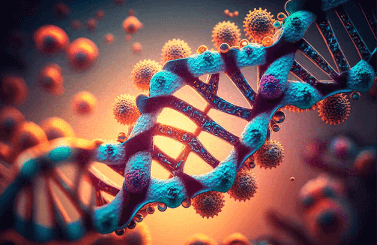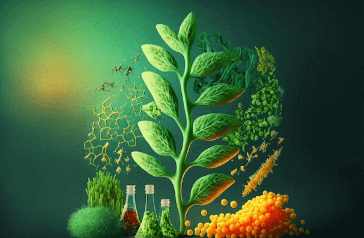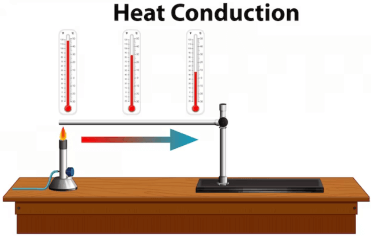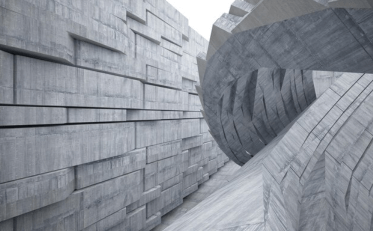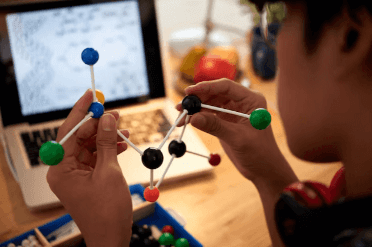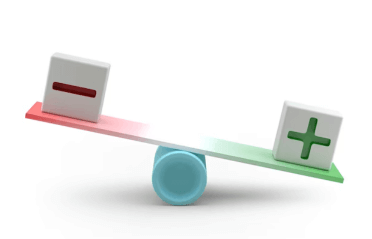Question
a.
No component is concentrated at the surface of the solution.
b.
The component molecules are non polar and are of almost equal size.
c.
In the formation of solution, chemical combination/molecular association between unlike molecules takes place.
d.
The attractive forces between like and unlike molecules are almost equal.
Posted under Basic Chemical Engineering
Interact with the Community - Share Your Thoughts
Uncertain About the Answer? Seek Clarification Here.
Understand the Explanation? Include it Here.
Q. According to Raoult's law, "The vapor pressure exerted by component in a solution is proportional to the mole fraction of that component." Raoult's law is not applicable under the...
Similar Questions
Explore Relevant Multiple Choice Questions (MCQs)
Q. Kinematic viscosity of 1 m² /second is equivalent to __________ stokes.
View solution
Q. Internal energy of a substance comprises of the __________ energy.
View solution
Q. The heat of adsorption of a gas caused by Van der Walls forces of attraction and capillarity is equal to the heat of
View solution
Q. The pressure of 'V' litres of a dry gas is increased from 1 to 2 kgf/cm² at a constant temperature. The new volume will become
View solution
Q. 1 torr is equivalent to
View solution
Q. Roult's law is obeyed by a __________ solution.
View solution
Q. At standard conditions,
N₂ + 2O₂ ↔ 2NO₂; ΔG° = 100 kJ/mole
NO + 1/2O₂ ↔ 2NO₂; ΔG° = -35 kJ/mole
The standard free energy of formation of NO in kJ/mole is
View solution
Q. For a reaction, X → Y, if the concentration of 'X' is tripled; the rate becomes nine times. The order of reaction is
View solution
Q. The vapor pressure of liquids of similar chemical nature at any particular temperature __________ with increase in the molecular weight.
View solution
Q. The vapor pressure of liquids (having similar chemical nature) at any specified temperature __________ with increasing molecular weight.
View solution
Q. Mass number of an atom is the sum of the numbers of
View solution
Q. Under conditions of equal reduced pressure and equal reduced temperature, substances are said to be in the 'corresponding states'. At equal reduced conditions i.e., at the corresponding state, the __________ of different gases are nearly the same.
View solution
Q. A long cylinder and a sphere both of 5 cms diameter are made from the same porous material. The flat ends of cylinder are sealed. Both the cylinder and sphere are saturated with the same solution of sodium chloride. Later both the objects are immersed for a short and equal interval of time in a large tank of water which is well agitated. The fraction of salt remaining in the cylinder and the sphere are Xc and Xs respectively. Which of the following statement is correct ?
View solution
Q. The temperature at which the second Virial co-efficient of a real gas is zero is called the
View solution
Q. The hydroxyl ion (OH⁻) concentration in a solution having pH value 3 will be
View solution
Q. Boiling point of a solution as compared to that of the corresponding solvent is
View solution
Q. Real gases approach ideal behaviour at
View solution
Q. 1 bar is almost equal to __________ atmosphere.
View solution
Q. Kopp's rule is useful for the determination of
View solution
Q. Pick out the wrong unit conversion.
View solution
Recommended Subjects
Are you eager to expand your knowledge beyond Basic Chemical Engineering? We've handpicked a range of related categories that you might find intriguing.
Click on the categories below to discover a wealth of MCQs and enrich your understanding of various subjects. Happy exploring!
